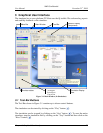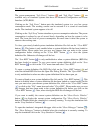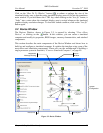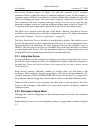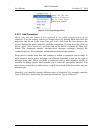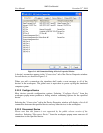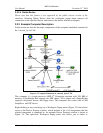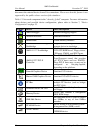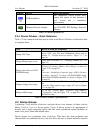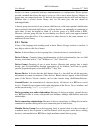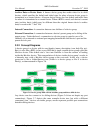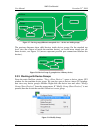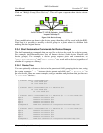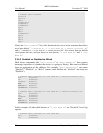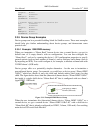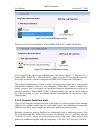
AMD Confidential
User Manual November 21
st
, 2008
Chapter 3: Graphical User Interface 15
Symbol
Device
Short Description
USB JumpDrive
The JumpDrive device allows easy
import and export of data between a
host system and a simulation
environment.
Desktop Network Adapter
The network adapter device models an
Intel Pro/1000 MT Desktop Network
Adapter.
Table 3-1: Cheetah_1p.bsd Devices
3.2.4 Device Window – Quick Reference
Table 3-2 lists common tasks that may be done in the Device Window and describes how
to complete them.
Task
Where to Find the Properties
Change CPU Type
Enter the “AweSim properties page→Processor” tab and
select a CPU type. For more information, please refer to
Section 7.1, “AweSim Processor Device, Figure 7-1 ”, on
page 56.
Change Memory type or size
Please refer to Section 14.2, “Changing DRAM Size”, on
page 167.
Change a hard drive or DVD-
/CD-ROM image
Go to the Simulation Display Window “File→Set IDE
{Primary, Secondary} {Master, Slave} Image”, as shown in
Figure 7-22, on page 93,
Or
Go to the “Southbridge Properties page→HDD {Primary,
Secondary} Channel”. If using a DVD-/CD-ROM image,
check the DVD-ROM checkbox, as shown in Figure 7-22,
on page 93.
Change a floppy drive image
Go to the Main Window “File Menu→Set Floppy Image”
Or
Go to the “SIO properties page→Super IO” tab (see Figure
7-13 on page 79).
Change a BIOS image
Go to the “System BIOS Properties page→Memory
Configuration” tab (see Figure 7-14, on page 82). Change
the Init File entry.
Table 3-2: Device Window - Quick Reference
3.3 Device Groups
A platform (*.bsd) consists of devices, and each device is an instance of either a device
library (*.bsl or *.so) or a device group (*.bsg). A device group is an aggregation of
devices into a single composite device that has some customized aspects (includes its
name, icon, ports, initial and default state).
Device groups are a particular class of devices. They have the same properties and
characteristics as traditional devices, but also allow the user to extend and tailor specific



